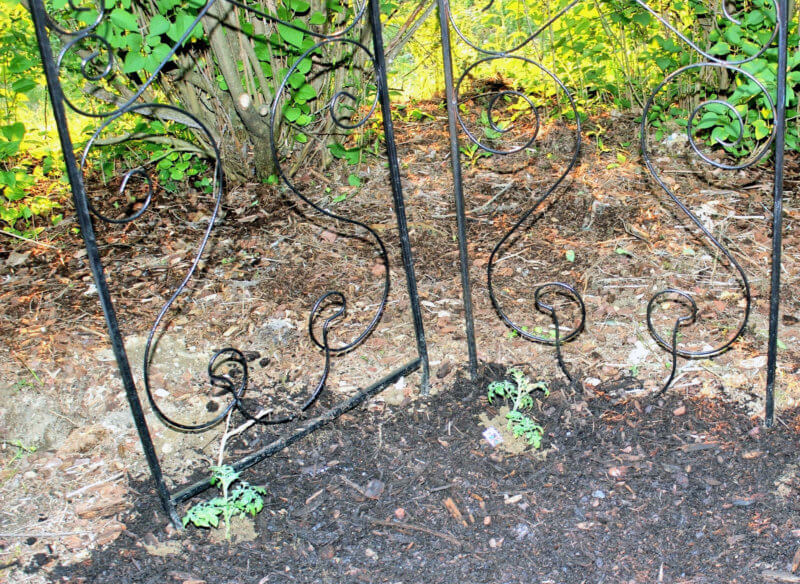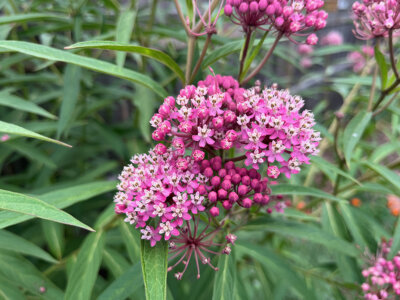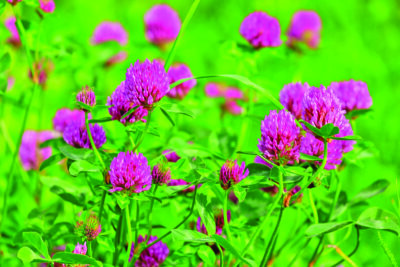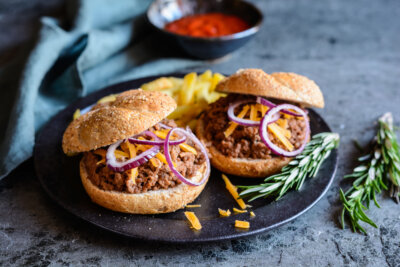First-time gardeners need to know to start with a plan
Do you want to enjoy fresh, home-grown veggies this summer? Perhaps you’d like to adorn your home with fresh-cut flowers.
Whatever the reason, this year you’ve decided to start a garden of your own. But before you grab a spade and head for the backyard, put pen to paper and make a plan.
Dream as big as you like, but for this year at least, plan small. Your first garden will be a learning experience. To ensure success, narrow your focus. Trying to do it all is a sure way to become overwhelmed.
Whether you choose to garden in a small plot, a raised bed or a few pots by the back door, gardening success isn’t hard to achieve.

First and foremost, like the old saying, it’s all about location. Look around your yard at various times of day before you decide where to put your garden. The location needs to provide three things that are key to success: soil, light and water.
If you’re gardening in containers or raised beds, you can purchase soil to meet your needs. If you’re planning on a more traditional garden plot, choose a location with good soil. Ideally, you’ll want soil that’s loam—-a balance of clay, silt and sand that retains moisture but drains well and will provide nutrients for your garden.
If you’re not sure about your soil, consider a soil test. If your soil is less than ideal (most are), it can be amended, for example, by the addition of compost. A soil test will tell you about your soil’s pH and nutrients and make recommendations for amendments and fertilizer. More information on soil testing can be found at the University of Vermont Agricultural and Environmental Testing Lab’s website.
The location you select should provide full sun for at least six to eight hours a day, since most vegetable plants and flowers require that to grow to their fullest potential. And you’ll want a convenient source of water nearby. Toting water to the far side of the yard in the summer heat is a sure way to dampen your enthusiasm, resulting in skipped watering and unhappy plants.
Once you’ve selected a location and know how much space you have available in your garden, get to know the plants you want to grow. Invest some time in a little research. That tiny tomato plant in its four-inch pot may grow two feet wide and six feet tall or sprawl out to cover several feet of your raised bed. Be sure to give your plants room to grow.
Introduce your plants to the outdoors gradually. “Hardening off” allows them to adjust to conditions in the garden, particularly the sun. Place your plants outside in a semi-shady spot, gradually moving them into direct sun over a week or two.
When planting, water them well. If a support, such as a trellis or tomato cage, will be needed, put it in place at the time of planting. Cover garden soil with mulch to help retain moisture and suppress weeds.
Keep an eye out for pests or signs the plant may be stressed. Be sure plants get adequate water, fertilize as recommended for your particular plant, and remove weeds. Before you know it, you’ll be enjoying the fruits of your garden.
The UVM Extension Master Gardener website. If you have questions, click on “Gardener Helpline.” If you’d like to expand your knowledge of gardening, consider becoming an extension master gardener. Information is available through the “Master Gardener Program” link.
Related Stories
Popular Stories
If you enjoy The Charlotte News, please consider making a donation. Your gift will help us produce more stories like this. The majority of our budget comes from charitable contributions. Your gift helps sustain The Charlotte News, keeping it a free service for everyone in town. Thank you.
Andrew Zehner, Board Chair








